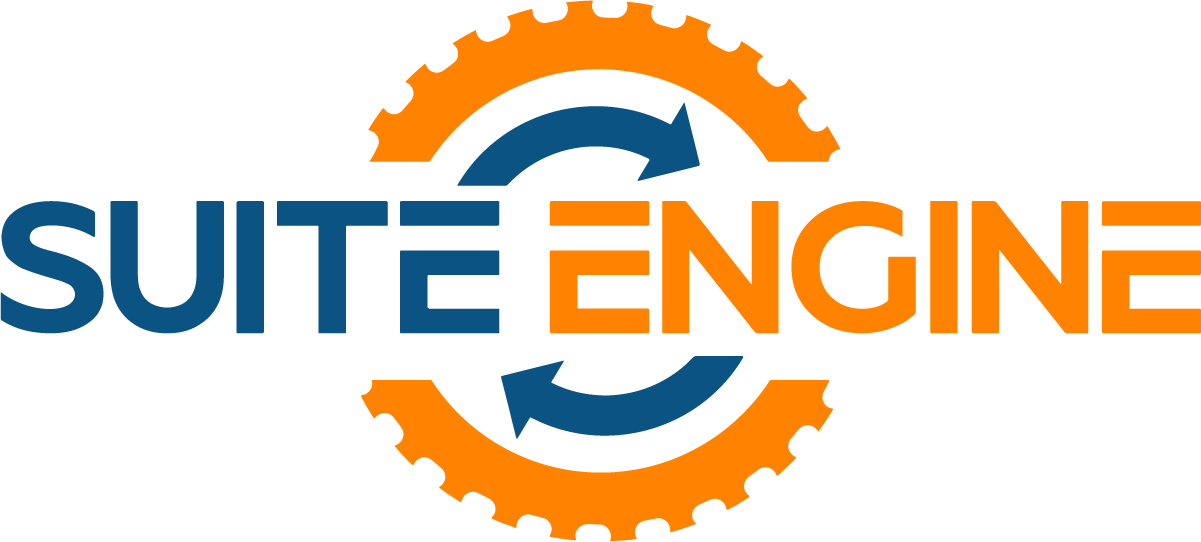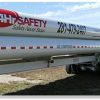This video and the following transcript refers to a legacy version of RPM created for Microsoft Dynamics NAV. For current Help Documentation, visit: Help Documentation and navigate to the RPM section.
Rental Process Management (RPM) – Rental Subcategory Feature
See how our enterprise software solution for equipment rental companies can handle subcategories with ease and make your job easier in the process.

Welcome to the demonstration video series for Suite Engine RPM – Enterprise Software for Equipment Companies.
As an equipment rental company, it is very important that you can track, manage, and report upon various levels of your rental equipment. In this demonstration video, we will discuss some of the ways that RPM provides you with the ability to handle that need.
On the left-hand side, we are going to select ‘Rental Product Lines.’ This is our highest level of tracking our rental equipment. Underneath each one of these rental product lines we have what are called ‘categories’ which is our second level of tracking. So, the rental product line, ‘construction heavy equipment’ here consists of four different rental categories: dozers, excavators, forklifts, etc., and then of course, underneath each one of these rental categories, you can track the number of subcategories.
Here under excavators, I have four subcategories with various different types of excavators. Underneath each subcategory is where we manage our rental units. You’ll see I have 15 total rental units underneath each one of those subcategories. These particular rental units track your location code and status code of each one of those units.
Let’s take a look at a rental subcategory in a little greater detail so you can understand how this is structured in RPM. Looking at this 20 kilowatt portable generator, you’ll notice that this particular subcategory is serialized. This provides us with the ability to track individual serial numbers of all of my equipment and then post revenue directly to those individual units.
You could also set up a subcategory as being quantity tracked; meaning, I just want to track the quantity of that equipment that I have, such as hoses or stairs or something like that … that is not serialized … but I do want to know how many I actually have. You can also set up a subcategory as a ‘kit’ and a ‘kit’ simply provides you with the ability to define multiple subcategories or even inventory items that are part of this particular rental and then roll them all up into one line. On a charge subcategory … that is simply something like a delivery or pickup fee. An intangible that you’re not worried about tracking the individual equipment.
Lastly, you can set up your subcategory as what’s called a ‘line group.’ A ‘line group’ provides you with the ability to put as many different lines on the order as you wish and group them all together for printing purposes, but each line is treated individually so if one is renting for one price, one is renting for a different price, we’re not gonna roll those together, but we are gonna group them together because they are like subcategories for that contract.
Okay, last concept here on the subcategory card is the ability to automatically default in what we call ‘related charges’ so you can define different charges that you may want the system to suggest for you when you’re putting this on to a rental contract. Such as a delivery or pickup charge, maybe damage waiver insurance, or you could even sell inventory items out of stock if you wish. All of these ways are provided to you to be able to track your equipment and then, of course, once you post your revenue against that equipment, it posts all the way through to your GL so that you can slice and dice by either the product line category code, subcategory code, or even your rental unit.
[End Transcript]
Don’t hesitate to Contact Us with any questions or if you’re ready, schedule a Personalized Demo with us here:






